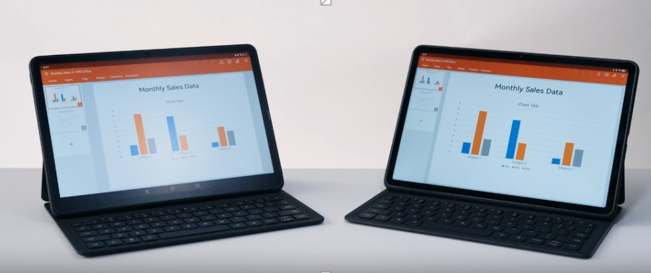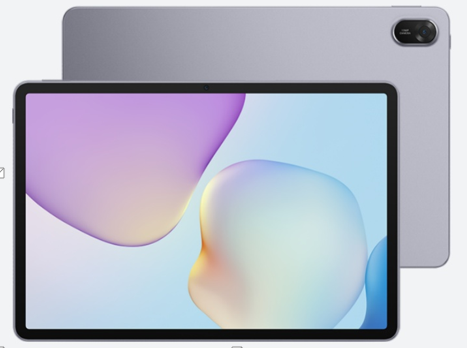What Are the Essential Office Electronics?

Choosing the right office electronic equipment directly impacts a team’s work efficiency. Good devices enable employees to handle tasks more smoothly and reduce interruptions caused by technical issues. Modern offices require a range of electronic devices to support daily operations. From basic computers and printers to smart meeting systems, each device plays a crucial role. This article provides a complete checklist of office electronics to help you build an efficient, modern working environment. We also offer practical purchasing advice to ensure you make the smartest investment decisions.
Electronic Devices that Indispensable for Every Office
Computers and Tablets
Desktop computers and laptops are the most basic office necessities. When selecting computers, consider processing power, memory, and storage space. For employees who require mobile work capabilities, lightweight laptops are a better choice. Tablets are increasingly widely used in office settings. Sales staff can use tablets to present product information, while managers can utilize them for presentations. Office tablets like the huawei MatePad 11.5 tablet support styluses and keyboards, making them well-suited for mobile work needs. It is recommended that businesses configure appropriate computer equipment based on employees’ specific job requirements.

Printing and Copying Equipment
Printers and copiers are indispensable office equipment. Laser printers are suitable for printing large volumes of black-and-white documents, while inkjet printers are better for situations requiring color printing. Multifunction all-in-one machines save space while providing printing, copying, scanning, and faxing capabilities. When choosing such equipment, consider printing speed, monthly printing volume, and consumable costs. Network printing functionality allows multiple employees to share a single device, improving usage efficiency.
Networking Equipment
Reliable networking equipment ensures all office devices run smoothly. Enterprise-grade routers provide stable network connections and good security protection. Switches allow multiple wired devices to connect to the network simultaneously. Wireless access points ensure WiFi coverage throughout the office area. It is recommended to choose routers that support the WiFi 6 standard, as they offer faster speeds and better multi-device support. Although investment in networking equipment may not be highly visible, its impact on office efficiency is significant.
See also: A Complete Guide to Intrinsically Safe Radios and Communication Technology
Devices Which Can Enhance Team Collaboration Efficiency
Meeting Audiovisual Equipment
Modern offices require advanced meeting equipment to support both online and offline meetings. High-definition video conference cameras provide clear image quality. Omnidirectional microphones can capture sound from every corner of the meeting room. Large displays or projectors allow all participants to see presentation content clearly. These devices make remote meetings feel as natural as face-to-face communication. Investing in high-quality meeting equipment can significantly improve team collaboration efficiency and reduce communication costs.
Application Scenarios and Selection Tips for Office Tablets
Tablet computers have unique advantages in the office field. Sales staff can use tablets to show product catalogs and proposals to clients. Managers can use tablets to handle workflows in real time while conducting inspections. Designers can use tablets for creative design and quick modifications. When choosing an office tablet, consider screen size, battery life, and accessory support. The Huawei MatePad 11.5-inch tablet is an excellent choice, featuring a paper-like soft light screen that is easy on the eyes even during prolonged use, and supports styluses and keyboards, meeting the needs of various office scenarios.
Smart Office Devices
Smart devices are transforming traditional working practices. Smart whiteboards can save written content and share it with participants. Automated document management systems help with quick archiving and retrieval of files. Smart lighting and temperature control systems create a comfortable office environment. These smart devices not only improve work efficiency but also reduce operational costs. Businesses can gradually introduce smart office devices based on actual needs to achieve digital transformation of the office environment.
Conclusion
Selecting the right office electronic equipment requires comprehensive consideration of business size, budget, and specific needs. Core devices are the guarantee of office efficiency, while smart tools can further enhance team collaboration effectiveness. It is recommended that businesses prioritize investment in core equipment, such as reliable computers and networking devices, and then add specialized tools based on actual requirements. Regular updates and maintenance of equipment are also crucial, as they ensure devices are always in optimal working condition. Remember, the best devices are those that truly help employees improve work efficiency. Investing in suitable office equipment not only increases productivity but also creates a better working environment, ultimately delivering long-term returns for the business.




